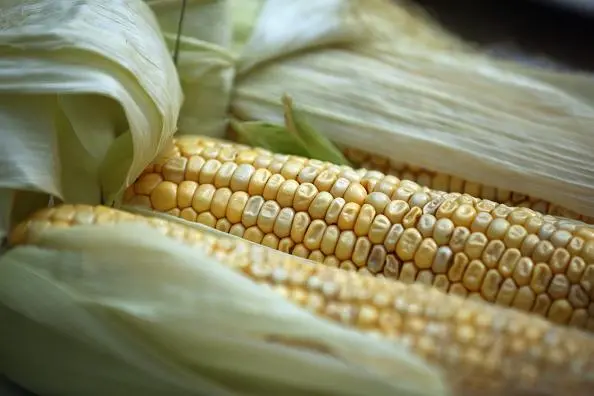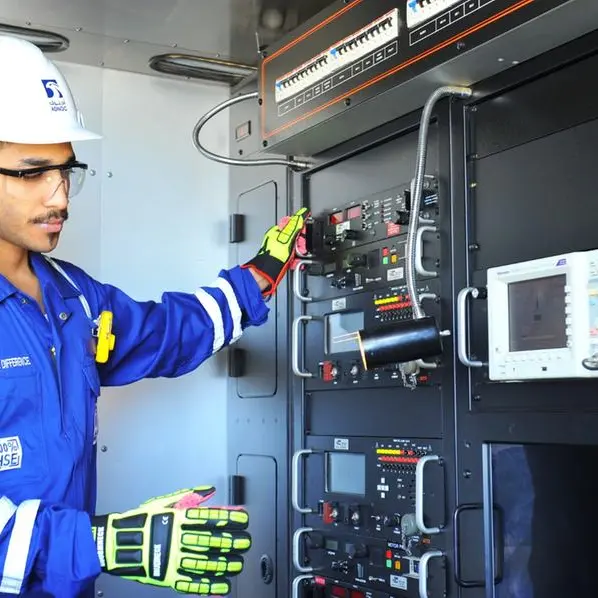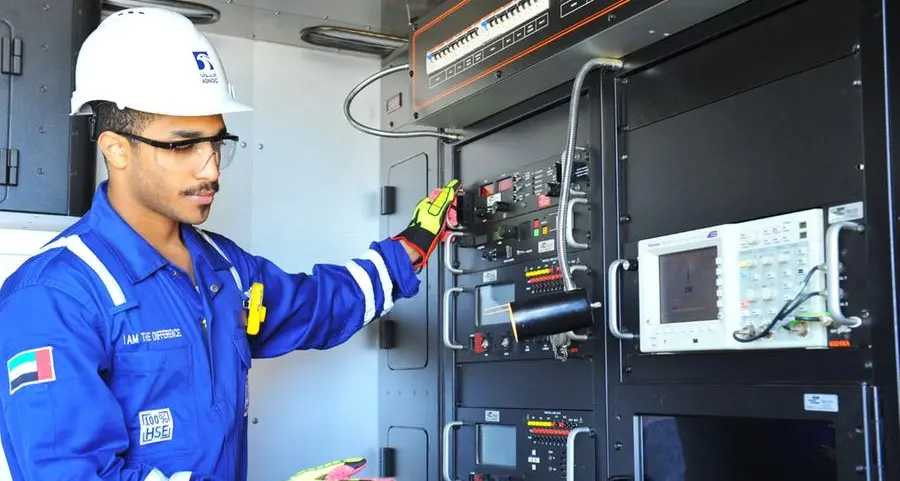PHOTO
ROCHESTER, Minn.- After four days of sampling corn and soybean fields across the U.S. Corn Belt, I have more concern for soybean yields rather than those for corn. Pod counts on the soybean plants were down significantly from last year, especially in the Eastern Belt.
Further, the U.S. Department of Agriculture's state yield forecasts are down much less on the year than those pod counts in certain states. This week’s field samples might suggest some downside to USDA’s soybean yield forecast of 48.5 bushels per acre.
On the other hand, USDA’s corn yield peg of 169.5 bushels per acre might be closer to reality, depending on how the crop finishes. The individual state outlooks were corroborated by scouts after the four-day tour, except for in South Dakota.
I was a scout on the Pro Farmer Midwest Crop Tour through the main corn and soybean producing areas of the United States. I was on the western leg of the tour, through South Dakota, Nebraska, Iowa, and Minnesota. The eastern leg went through Ohio, Indiana, Illinois, and eastern and central Iowa.
The Crop Tour is a long-running annual event held in the third week of August every year and it is hosted in partnership with Farm Journal, the parent company of Pro Farmer. This year, scouts took yield measurements in 1,473 corn fields and 1,461 soybean fields across the seven states.
Crop Tour participants were eager to see what the fields would look like after the record-late planting season for corn and soybeans. Many market participants could not believe the national yields could be as high as USDA predicted based on how much of the crops were planted in June.
Corn across the Midwest was expectedly much less mature than a year ago, when the crop was far ahead of normal after a warm start to the season. The majority of the fields randomly sampled on the Crop Tour were pollinated and therefore eligible to be measured. Maturity was only an issue in parts of South Dakota and the Eastern Corn Belt.
It is important to remember that the Crop Tour yield numbers are best compared against those from previous tours, because there are sampling biases in certain states based on the parts of the state that the routes cover. urn:newsml:reuters.com:*:nL2N25C0Q5
Pro Farmer will be taking the Crop Tour data and other information into account when it publishes national and state-level estimates for corn and soybean yields on Friday at 1:30 pm CDT.
CORN AS EXPECTED
USDA’s largest corn yield departures from a year ago are in Illinois and Ohio, both down 14% on the year, and in Indiana, down 12%. The Crop Tour samples were down exactly 14% from last year’s tour in Ohio, and they were down only 11% in Illinois and Indiana. All three of these states reached new record corn yields in 2018.
Tour yields were down 3% on the year in Iowa and down 5% in Minnesota, and those are the exact deviations the current USDA corn estimates imply. The Tour suggests Nebraska yield down 4% on the year while USDA’s number is down 3%.
South Dakota is where the big deviation occurred. Crop Tour scouts found corn yields to be down 13% from last year’s tour, but USDA has yield down only 2% from a year ago. The Tour yield calculations assume a relatively normal finish to the crop, but being so far north, the latest-planted South Dakota corn is at a greater risk of a killing frost than equally late corn in the Eastern Belt.
I thought that the corn on my routes looked good. It was easy to see that generally mild weather since planting has really been favorable for the crop potential. Other than the approaching frost and freeze risks for some of the immature corn, I would not expect a large downside to the 169.5 bushels per acre, at least based on what I saw and heard on the Tour.
SOYBEANS NOT SO HOT
Soybeans have had me a little more concerned since June as more than half of the crop was planted that month. Soybeans depend on sunlight and day length for optimal growth potential, so I expected to see fewer pods on the plants than I did in previous years. I was correct in this thinking, but the pod counts were lower than I thought they would be.
The average number of pods found in a three-by-three-foot square were notably down from a year ago in all seven states, but these deviations were much larger than USDA’s yield departures from last year.
From last year’s Tour, pod counts were down 39% in Ohio, down 30% in Indiana, and down 25% in Illinois. USDA’s yield forecasts for those states are down 17%, 15%, and 15%, respectively, from 2018. The differences were not as big in the Western Belt except for in South Dakota, where tour data was down 19% but USDA is down only 2%.
I was personally counting soybean pods all week, and other than the pod counts being down, I thought the crop had some potential. Soybeans on my routes were not as poor as the averages suggest, but I did notice that two- and three-bean pods were more common than the threes and fours that you see in a great year. I also did not see a lot of top clusters packed with beans, which also boosts yields. I did not see much disease, either.
A lot of the pods were still relatively flat versus a year ago, meaning the beans still need some time to fill out. Sunshine and intermittent rains would help that process. The other caveat to soybeans is that more of the plants were still blooming than the Crop Tour usually observes, and this means that there is a potential to still add pods in some cases.
How much might soybean yield fall from the USDA estimate of 48.5 bushels per acre Soybeans are always tricky to gauge since there are still so many moving parts, so that question is very hard to answer. Will more pods form How large will they be How large will the beans become inside the current pods
It seems very unlikely that enough pods could still be added to make up for the large deficits in the Eastern Belt, and the number of pods in the West are mostly set, meaning the numbers will undoubtedly remain lower, and this will keep a cap on further yield potential this year.
((karen.braun@thomsonreuters.com; +1 (312) 408-8059; Reuters Messaging: karen.braun.thomsonreuters.net@reuters.com; Twitter: @kannbwx))












